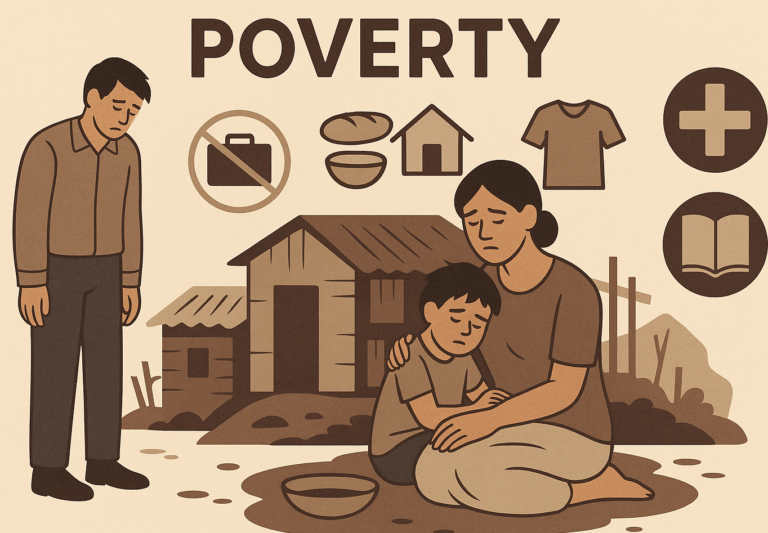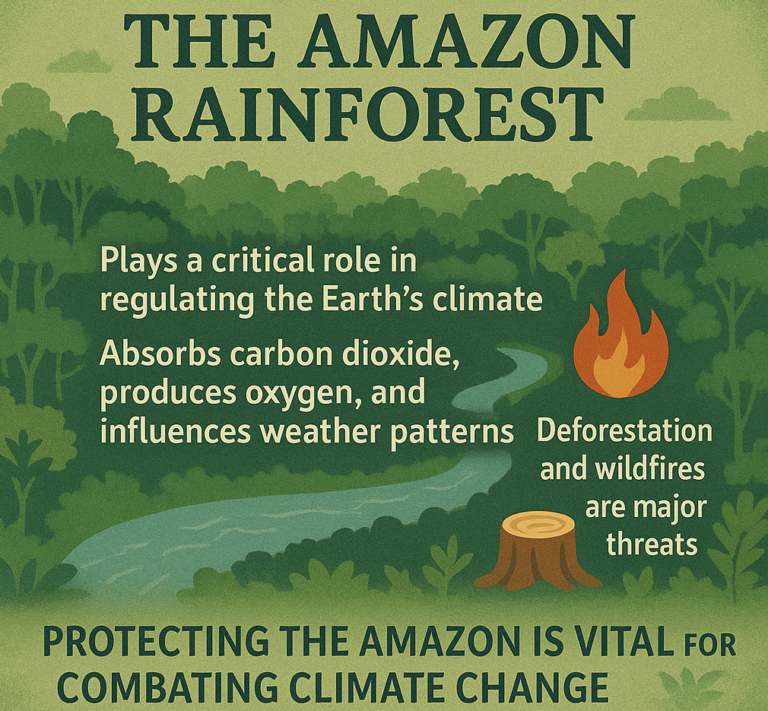Linguistics and Language Evolution: An Easy Guide
Linguistics is the scientific study of language. It explores how languages work, how they are structured, how they change over time, and how people use them to communicate. Language evolution refers to the process by which languages develop, change, and transform over long periods of time.

1. What is Linguistics?
Linguistics is the study of language. It looks at how languages are made up of sounds, words, and grammar, and how these elements work together to create meaning. Linguists, or language scientists, ask questions like:
- How do people learn languages?
- Why do languages have different sounds and rules?
- How do languages change over time?
- How do different languages relate to each other?
Linguistics helps us understand how language shapes our thoughts, how we communicate, and how different groups of people use language in different ways.
Key Areas of Linguistics:
- Phonetics: The study of sounds. How do we produce sounds with our mouths? How do we hear and understand those sounds?
- Phonology: The study of sound systems in languages. Every language has its own set of sounds and rules for how those sounds are used.
- Syntax: The study of sentence structure. How do words come together to form meaningful sentences?
- Semantics: The study of meaning. How do words and sentences convey meaning?
- Pragmatics: The study of how language is used in different social contexts. It looks at how we use language to communicate effectively in different situations.
- Sociolinguistics: The study of how language varies depending on social factors like age, gender, and social class.
2. What is Language Evolution?
Language evolution refers to the changes that happen to a language over time. Languages are always changing because of social, cultural, and historical factors. Just like how people change their fashion or technology, languages change too!
Language evolution happens in two main ways:
A. Change in Sounds (Phonetic Change)
Over time, the way words are pronounced can change. This happens naturally as people begin to speak more quickly or more slowly, or as they adopt new speech habits from other groups of people.
- Example: In Old English, the word for “night” was pronounced more like “niht,” but today it is pronounced as “night.” Over centuries, the sounds of words can change.
B. Change in Word Meaning (Semantic Change)
Words can change their meanings over time. Sometimes, a word may start with one meaning and gradually shift to a completely different one.
- Example: The word “nice” originally meant “foolish” or “silly” in Old French, but now it means “pleasant” or “kind.” Over time, the meaning of the word changed, which is a form of language evolution.
3. Why Do Languages Evolve?
Languages evolve because of various social, cultural, and historical factors. Let’s look at some of the main reasons languages change:
A. Contact with Other Languages
When speakers of different languages come into contact, they often borrow words, sounds, and even grammar rules from each other. This happens when people move to new places, trade with other groups, or during colonization.
- Example: English has borrowed many words from languages like French, Latin, and German. Words like “restaurant” (from French) and “piano” (from Italian) are examples of how languages influence each other.
B. Social and Cultural Changes
As society changes, so does language. New technology, new ideas, and changing social norms can create new words or shift the meanings of old words. Slang, for example, is often created by younger generations and can become a regular part of a language.
- Example: The word “selfie” was invented in the 2000s to describe the act of taking a picture of oneself, thanks to the rise of smartphones and social media.
C. Simplification or Complication of Language
Languages tend to either simplify or complicate over time. This happens because people naturally adjust their language to make it easier to speak or understand. For example, many languages used to have complex grammar rules, but over time, these rules often get simplified.
- Example: Old English had many more inflections (word endings) than Modern English. Over time, English lost most of these complex word endings, making it simpler to learn and use.
D. Geographical Separation
When groups of people are separated by geography (like mountains, oceans, or other barriers), their languages can evolve in different directions. Over time, this can lead to new dialects or even new languages.
- Example: The English language has many different dialects depending on where people live. The way English is spoken in the United States is different from how it is spoken in the United Kingdom, even though they share the same base language.
4. How Do Languages Evolve?
Languages evolve over time through several stages, and this process can take centuries. Here’s a simple breakdown:
A. Change in Vocabulary (Words)
As new things are invented or new ideas are created, new words are formed to describe them. Also, old words can lose their meanings or take on new meanings.
- Example: The word “mouse” used to only refer to the small rodent, but now it also refers to a computer device.
B. Change in Grammar and Syntax
Grammar rules can change over time. The way sentences are structured or how tenses are used might shift.
- Example: In Old English, word order was more flexible than in Modern English. Today, we use a more fixed word order (Subject-Verb-Object) in sentences.
C. Language Divergence
When a group of people who speak the same language becomes isolated from others (due to migration or other reasons), their language may evolve differently from other groups. This can result in new dialects or even new languages.
- Example: Spanish, Portuguese, and Italian all came from the same language family, but they have evolved into different languages over time.
D. Language Death and Revival
Some languages stop being spoken over time and “die,” while others may be revived or reintroduced. This can happen when a dominant language takes over or when younger generations stop speaking a traditional language.
- Example: Hebrew was considered a “dead” language for centuries but has been revived and is now the official language of Israel.
5. How Do Linguists Study Language Evolution?
Linguists use several methods to study how languages evolve:
- Comparative Method: This is when linguists compare different languages that come from the same family to trace how they changed over time.
- Historical Linguistics: This is the study of how languages have changed over time by looking at old texts, inscriptions, and recordings of languages.
- Language Reconstruction: Linguists try to rebuild ancient languages by looking at modern languages that are related to them.
Summary
- Linguistics is the study of language—how it works, how people use it, and how it changes over time.
- Language evolution is the process by which languages change in terms of vocabulary, grammar, pronunciation, and meaning.
- Languages evolve because of contact with other languages, social changes, simplification, and separation of groups.
- Over time, languages can create new words, change their grammar, and even split into different languages.
- Linguists study these changes by comparing languages and using historical texts to understand how language has evolved over centuries.
Understanding linguistics and language evolution helps us see how connected we all are through language and how dynamic and ever-changing our means of communication really are








